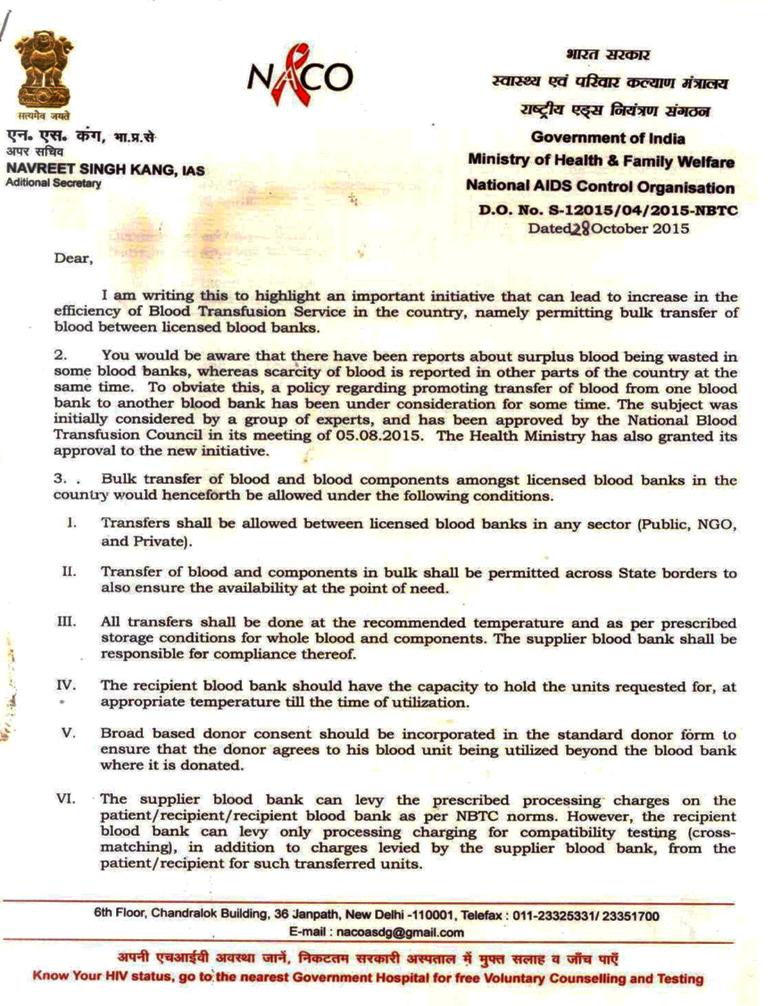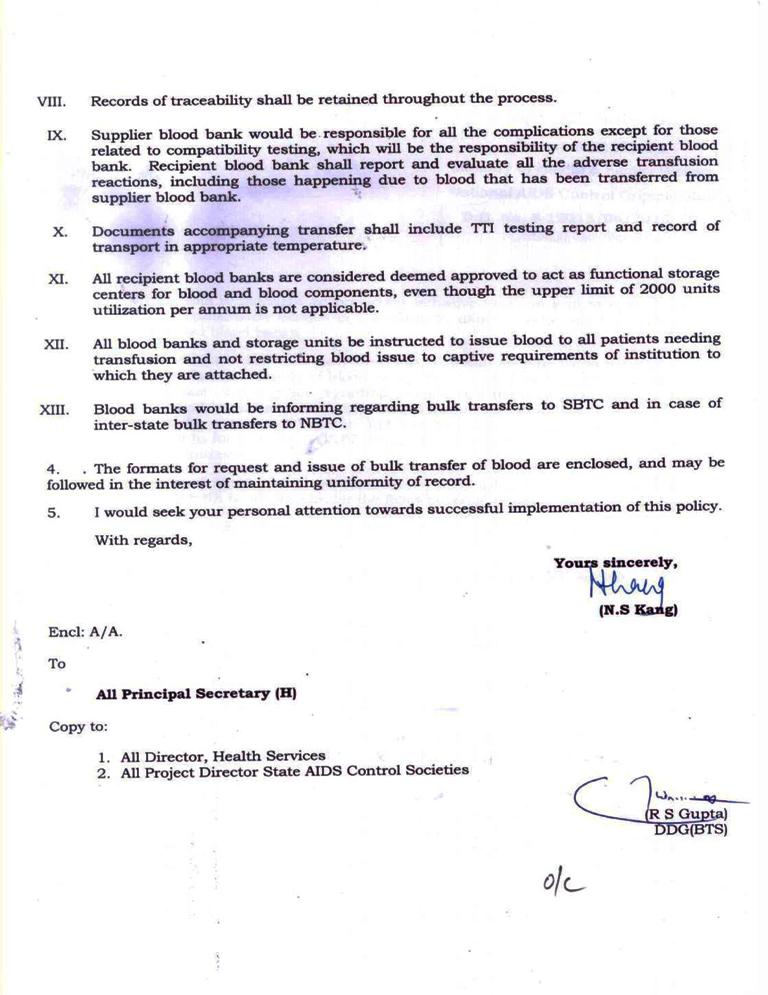World bank data on maternal mortality shows that even in 2011-2015 we had 174 in every 100,000[1] women dying because of pregnancy related causes. We contribute to the highest number of maternal deaths globally and stand at the 127th position in the world on maternal mortality ratio.
In the last 2 decades the government and policy makers of the country have committed to lofty goals of controlling maternal mortality. A significant change was that the Drug and Cosmetics Act, was amended with the objective of setting up blood storage facilities with the intent of “make abundant availability of whole human blood or its components at the first referral units, community health centers and primary healthcare centers” [2].
There is still prevalent blood insufficiency in the country with NACO targeting the year 2020 to achieve the goal of 100% voluntary blood donation. This should mean that at least every unit of donated blood which clears the mandatory tests for transfusion transmitted infections must be utilised for the patients. However the reality is surprising. Hindustan Times reports “In 2014, one in every 25 units of blood collected across all banks in the state had to be discarded because it was not put to use during its shelf life.”[3]. The Hindu reports “And yet, large numbers of blood bags expire before reaching the needy on time”[4]. More reports have suggested expiry of huge volumes of blood in various blood banks. [57].
While some blood banks continue to discard blood units post expiry, vast majority of the nation continues to struggle to provide blood to the patients. One major roadblock in the path of proper utilisation of blood is the regulatory environment around transfer of blood from one blood bank to the other. Up until recently, there were rules which prohibited a storage center from issuing blood to any patient outside the same institution where it was licensed even if the units expired or the patient died. There were restrictions on transfer of blood from one blood bank to the other and from blood banks to storage centers. Larger blood banks which had the infrastructure to reach-out to voluntary blood donors continue to face the problem of surplus while those which had limited or no access to voluntary blood donors had no choice but to arm-twist the patient's relatives into organising for replacement.
Recently, the National Blood Transfusion Council has taken note of this problem and there has been a policy change to promote the transfer of blood from one blood bank to the other. This has cleared a large number of roadblocks in the way of ensuring proper utilisation of blood. The next two pages share the letter from Sh N S Kang, the Additional Secretary, Ministry of Health and Family Welfare, with D. O. No S-12015/04/2015-NBTC dated 28 October 2015.
Though the policy change has happened, the translation of the change to practice is yet to be seen, at least in the state of Karnataka. The letter clarifies several of the contentious issues and paves the way for better utilisation of blood. The onus is on the State Government of Karnataka and the blood banks of the state to pass on the benefit of this policy to the patients.


References
- 1. World Development Indicators - Maternal Mortality Ratio [Internet]. [cited 2016 Apr 14];Available from: http://data.worldbank.org/indicator/SH.STA.MMRT
- 2 The Guidelines for Setting Up blood Storage Centers [Internet]. 2007 [cited 2016 Apr 14];Available from: http://naco.gov.in/upload/Policies%20&%20Guidelines/8-Guidelines%20for%…
- 3. Vora P. Massive blood loss: 3 lakh units in Maharashtra in 6 yrs [Internet]. Hindustan Times2016 [cited 2016 Apr 14];Available from: http://www.hindustantimes.com/mumbai/massive-blood-loss-3-lakh-units-in…
- 4. Gopal SM. Wastage huge issue with blood banks [Internet]. The Hindu2010 [cited 2016 Apr 14];Available from: http://www.thehindu.com/todays-paper/tp-national/tp-andhrapradesh/wasta…
- 5. Varanasi A. Thane Hospital gets notice for wasting 138 litres of blood [Internet]. -Day2015;Available from: http://www.mid-day.com/articles/thane-hospital-gets-notice-for-wasting-…
- 6. Varanasi A. 44.45 litres blood, 918 litres plasma wasted at blood bank [Internet]. -Day2013 [cited 2016 Apr 14];Available from: http://www.mid-day.com/articles/4445-litres-blood-918-litres-plasma-was…
- 7. Bloody waste: that's 1 of every 4 bottles of blood at GT hospital [Internet]. DNA2014 [cited 2016 Apr 14];Available from: http://www.dnaindia.com/mumbai/report-bloody-waste-that-s-1-of-every-4-…
